
How to Clean Dog Teeth Without Brushing: All Ways Covered By a Vet
Just like for humans, regular brushing is the most effective way to remove plaque and prevent tartar buildup on your dog’s teeth. It provides essential mechanical cleaning action that other methods can’t fully replicate.
However, we know that the ideal isn’t always possible. Some dogs strongly resist brushing, and some owners may hesitate, which makes it difficult. If this sounds like your situation, don’t despair. There are still ways to improve your dog’s dental health!
The information provided herein is for informational purposes only. Please refer to our disclaimer for more details..
- The Chewing Methods: Alternatives That Mimic Brushing
- Supplements and Solutions for Dogs Dental Health
- Natural Ways to Clean Dog Teeth
- When Brushing Alternatives Are NOT Enough
- The Importance of Veterinary Dental Cleanings
- Preventing the Need for Excessive Dog Dental Cleaning
- FAQs For Cleaning Dog Teeth Without Brushing
The Chewing Methods: Alternatives That Mimic Brushing
While nothing fully replaces the gold standard of using a toothbrush, some options provide that mechanical scrubbing action that’s so important for dental health. Let’s break them down:
1. Dental Chews
Dental chews are a popular choice for pet parents, and with good reason! These chews are designed to scrape away soft plaque and tartar while satisfying that natural canine urge to gnaw. However, not all dental treats are created equal. Always look for the Veterinary Oral Health Council (VOHC) seal of approval. Products with this seal have been scientifically tested and proven to reduce plaque and tartar buildup.
Size matters! Choose chews appropriate for your dog’s size and chewing strength. A tiny chew for a large breed is a choking hazard, while a massive one can frustrate a small dog. Always supervise chewing sessions, even with the toughest chews.
My GSD loves those twisted dental sticks that take her a satisfyingly long time to work through. For larger dogs, consider durable options like filled bones or textured chews that can help keep your dog’s teeth clean.
2. Chew Toys
The right chew toy can be a serious dental hygiene tool. Look for toys made from durable rubber with nubs, ridges, and textures designed to dislodge plaque as your dog chews. Safety is paramount, so avoid anything that becomes brittle or breaks down into easily swallowed pieces.
Like dental chews, matching the toy to your dog’s chewing style is key. Power chewers need chew toys that stand up to the challenge, while gentler dogs might enjoy softer textured options.
Example: Fetch toys with rough surfaces can double as dental cleaners for those retrievers, while a sturdy, textured “puzzle toy” might keep a determined chewer contentedly busy (and cleaning their teeth simultaneously).
Important Note: Dental chews and toys are NOT a substitute for a balanced diet. Take them as a powerful supplement to your dog’s overall dental care routine.
3. Hard Food/Kibble
While you shouldn’t rely on kibble alone for your dog’s dental health, some kibbles are formulated to have a mild abrasive effect as your dog crunches. This can help dislodge some soft plaque, especially on those back molars.
It’s important to be realistic – kibble alone isn’t going to provide thorough teeth cleaning without brushing. Consider it a mild bonus that can be part of your overall dental strategy.
Some brands offer specialized ‘Dogs Dental Health Care‘ formulas with larger kibble sizes, unique textures, or ingredients designed to help reduce plaque and tartar buildup. Talk to your veterinarian about whether these specialized diets are a good option for your dog.
Supplements and Solutions for Dogs Dental Health
Let’s explore options that work a little differently, focusing on easy ways to clean your dog’s teeth that can complement your dog’s dental routine.
1. Dental Wipes
Dental wipes offer a convenient way to remove plaque and freshen your dog’s breath gently. They’re often pre-moistened with a cleaning solution and textured for extra scrubbing action.
Choose a calm time and introduce the wipes gradually. Acclimate your dog to having their lips and muzzle handled. Carefully lift your dog’s lips and gently wipe the outer surfaces of their teeth and along the gum line with your finger. Most dogs tolerate this much better than brushing.
Dental wipes come in different flavors and with various active ingredients. If your dog dislikes one kind, don’t be afraid to experiment to find their favorite.
Example: Some wipes contain chlorhexidine, a gentle antiseptic, while others feature all-natural ingredients. These can be great on-the-go options for travel or when brushing is difficult.
2. Oral Sprays and Gels
Sprays and gels deliver active ingredients directly to the teeth and gums of your dogs. Common ingredients include chlorhexidine, which has antiseptic properties, and various enzymes that help break down plaque.
Application methods vary. Some are simple sprays, while others require applying the gel onto your dog’s teeth with your finger or a small applicator. The benefit is that you don’t need the same level of wiping action as with dental wipes.
Sprays can be good for dogs who are a bit mouth-shy because you can often apply them without putting your fingers directly in their mouths. Gels may offer a more concentrated dose of the active ingredients.
Important Note: Sprays and gels work best when used consistently. Think of them as a way to maintain better oral health between brushing sessions or professional cleanings. Start with a small amount to test your dog’s tolerance.
3. Water Additives
Water additives are liquids you add to your dog’s water bowl, typically in small amounts. They often contain ingredients like chlorhexidine, which has antibacterial properties, or zinc, which can help combat plaque formation. Think of them as a bit like mouthwash for your dog.
These additives are simple: a quick measurement and a stir into the water bowl! However, picky dogs might find the change in their water’s taste off-putting and start drinking less. Introduce them gradually, perhaps starting with a diluted amount.
Importantly, water additives don’t eliminate the need for other cleaning methods. They work best as a supplement with dental chews and toys for cleaning teeth.
Natural Ways to Clean Dog Teeth
Many dog owners are drawn to natural solutions for dental care, and there are a few options out there worth discussing, but with important things to keep in mind.
1. Bones
Give your dog ONLY raw, meaty bones suitable for a dog’s size. Cooked bones are brittle and pose a serious choking and intestinal blockage risk. Even with raw bones, risks like tooth fractures, choking, and digestive upset exist. If you choose to offer bones for dog teeth cleaning, strict supervision is a MUST. Discard any bone that becomes small enough to swallow whole.
2. Coconut Oil: Potential Benefits, But Not a Miracle Cure
Coconut oil has gained popularity for various purposes, including oral health in humans and dogs. Its potential benefits stem from its antibacterial properties – specifically the presence of lauric acid. Current research suggests it might help reduce plaque and combat bacteria contributing to bad breath.
Let’s be clear: coconut oil shouldn’t replace the mechanical cleaning action we discussed earlier. Think of it as a potential add-on if your dog tolerates it. A tiny amount on a chew toy or added to a dog treat can provide a little boost. Be aware that some dogs dislike the taste or have digestive upset if they ingest too much.
Important Note: Coconut oil is high in calories, so use it sparingly, especially if your dog is overweight.
When Brushing Alternatives Are NOT Enough
As much as I wish there were a magical substitute for a good toothbrush session, the reality is that some dogs will always need professional dental cleanings. It’s not a failure on your part – it’s simply the best way to protect your dog’s health.
Signs of Dental Trouble
Even with diligent home care, keep an eye out for these red flags indicating it’s time for a vet visit:
- Persistent Bad Breath: Sure, all dogs have moments of doggy breath, but consistently foul odor is a sign of infection.
- Yellow-Brown Buildup (Tartar): Plaque hardens into stubborn tartar difficult to remove without professional tools.
- Red, Inflamed Gums: Healthy gums are pink. Redness, bleeding, or recession (gums pulling away from teeth) all signal trouble.
- Difficulty Chewing: Dropping food, favoring one side while eating, or seeming reluctant to chew on hard items can indicate painful teeth.
The Importance of Veterinary Dental Cleanings
Veterinary cleanings involve general anesthesia for your pet’s safety. This allows a vet to do a thorough cleaning without disturbance:
- Scaling: Use specialized tools to remove tartar buildup both above and below the gum line – areas you simply can’t reach at home.
- Polishing: Smoothing the tooth surface makes it harder for new plaque to stick.
- Full Oral Exam: Check for fractured teeth, gum disease, or other problems you might not even notice.
How Often? Unfortunately, there’s no one-size-fits-all answer. Small breeds, dogs with crowded teeth, or those prone to dental disease might need cleanings more often than a large breed with a sparkling smile. Your vet is your best guide!
Preventing the Need for Excessive Dog Dental Cleaning
Your at-home dental care routine directly impacts how often your dog needs professional cleanings. Let’s look at ways to maximize your efforts and keep those pearly whites healthier for longer.
1. Start Early: Puppyhood Matters
Getting puppies accustomed to having their mouths handled is invaluable! Gentle tooth brushing and the feeling of dental wipes – all of this becomes less stressful if started early. It builds a foundation for better dental care throughout their life.
2. Breed Matters: Be Aware of Predispositions
Small breeds and dogs with short muzzles (“brachycephalic” breeds) are notorious for dental problems. If you have one of these pups, you might need to be even more diligent with home care and may need more frequent professional cleanings.
3. Diet Discussion: Talk to Your Vet
While kibble alone won’t solve dental problems, some specialized dental diets can help. Ingredients like hexametaphosphate or special kibble shapes can offer an additional plaque-reducing effect. Your vet can help you decide if these diets fit your dog’s overall nutritional needs.
Prevention is always easier than treatment! The time you invest in consistent dental care pays off by potentially reducing the number of professional cleanings your dog needs over their lifetime.
FAQs For Cleaning Dog Teeth Without Brushing
Can I use human toothpaste on my dog?
Absolutely not! Human toothpaste contains ingredients like fluoride and xylitol, which can be toxic to dogs. Always use dog toothpaste, which comes in dog-friendly flavors and won’t harm them if swallowed.
My dog hates every dental chew I’ve tried. Is there any hope?
Yes! Don’t give up. Many dogs are picky about chews, so it’s about finding the right match. Experiment with different textures (soft vs. hard), shapes (long and thin vs. thicker), and flavors. Ask your vet or a pet store associate for recommendations. You could even try freezing a chew for a soothing, numbing effect on tender gums.
Are all water additives safe? My dog has a sensitive stomach.
Most water additives formulated for dogs are generally safe, but it’s always wise to consult your veterinarian first, especially if your dog has any health issues. Start with a very diluted amount of the additive and gradually increase it as tolerated. There are even some flavorless options on the market for particularly sensitive dogs.
Can dental problems in dogs cause issues in other parts of their body?
Yes! Severe periodontal disease can have far-reaching consequences. Bacteria from the mouth can enter the bloodstream and potentially affect organs like the heart, kidneys, and liver. This highlights why maintaining good oral hygiene isn’t just about fresh breath – it’s vital for your dog’s overall well-being.
1Kviews
Share on FacebookRemember that dogs have "shearing" or "snipping" molars (called carnassials) that literally work like scissors. They are designed to shear/cut meat/flesh, NOT eat kibble. So, even "dental" kibble will do little to "clean" your dog's teeth. Dogs don't "chew" kibble the way that we chew our food (with our flat-topped molars designed to grind food.) Raw meaty bones/chews and brushing their teeth with a toothpaste designed for dogs are the best options. Kibble won't "clean" their teeth any more than potato chips will "clean" a human's teeth.
Remember that dogs have "shearing" or "snipping" molars (called carnassials) that literally work like scissors. They are designed to shear/cut meat/flesh, NOT eat kibble. So, even "dental" kibble will do little to "clean" your dog's teeth. Dogs don't "chew" kibble the way that we chew our food (with our flat-topped molars designed to grind food.) Raw meaty bones/chews and brushing their teeth with a toothpaste designed for dogs are the best options. Kibble won't "clean" their teeth any more than potato chips will "clean" a human's teeth.
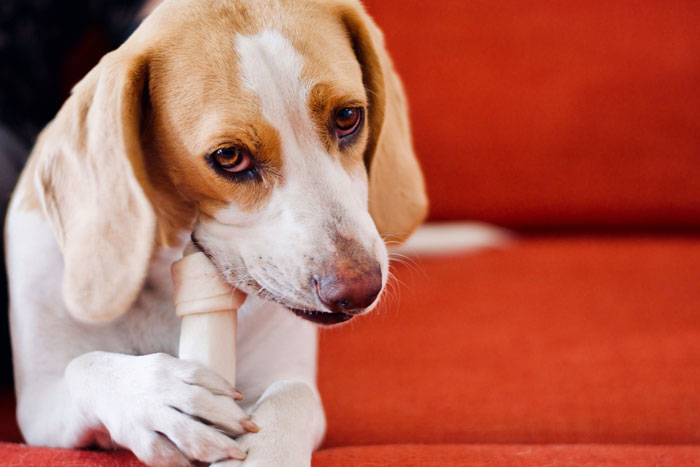 Image credits:
Image credits: 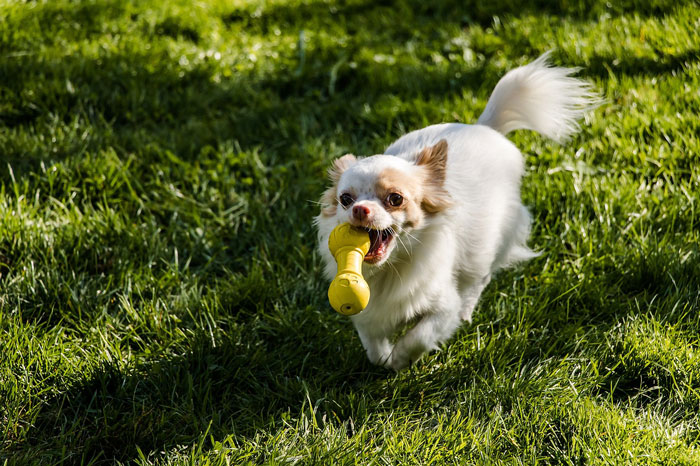 Image credits:
Image credits:  Image credits:
Image credits:  Image credits:
Image credits: 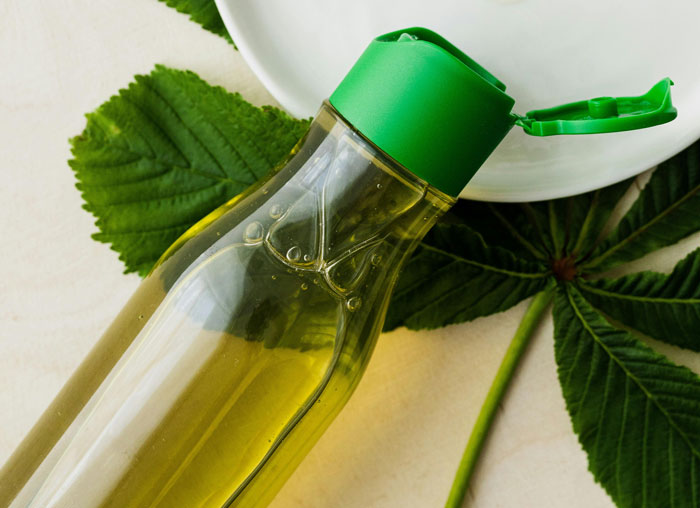 Image credits:
Image credits: 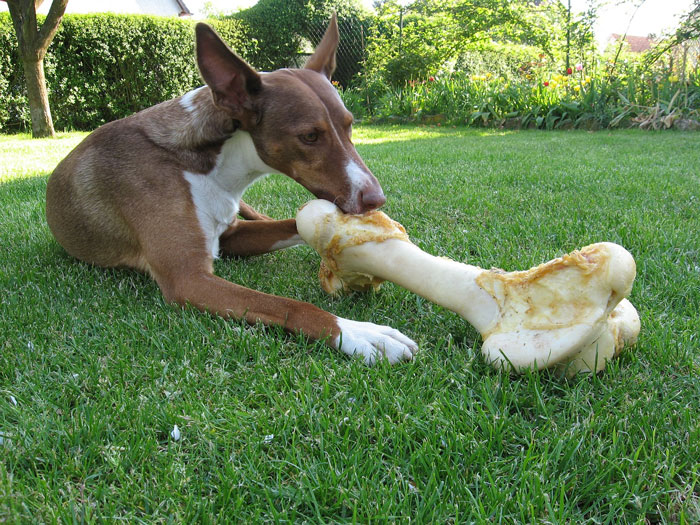 Image credits:
Image credits: 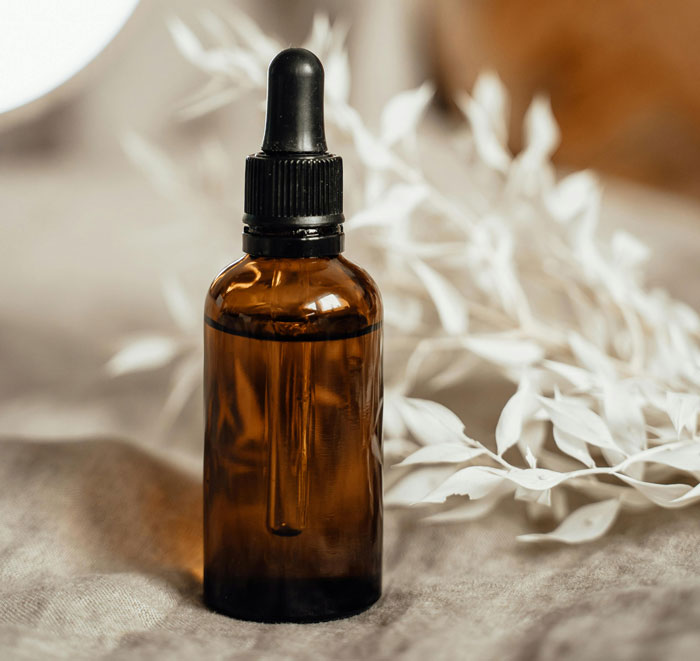 Image credits:
Image credits: 


-5
1